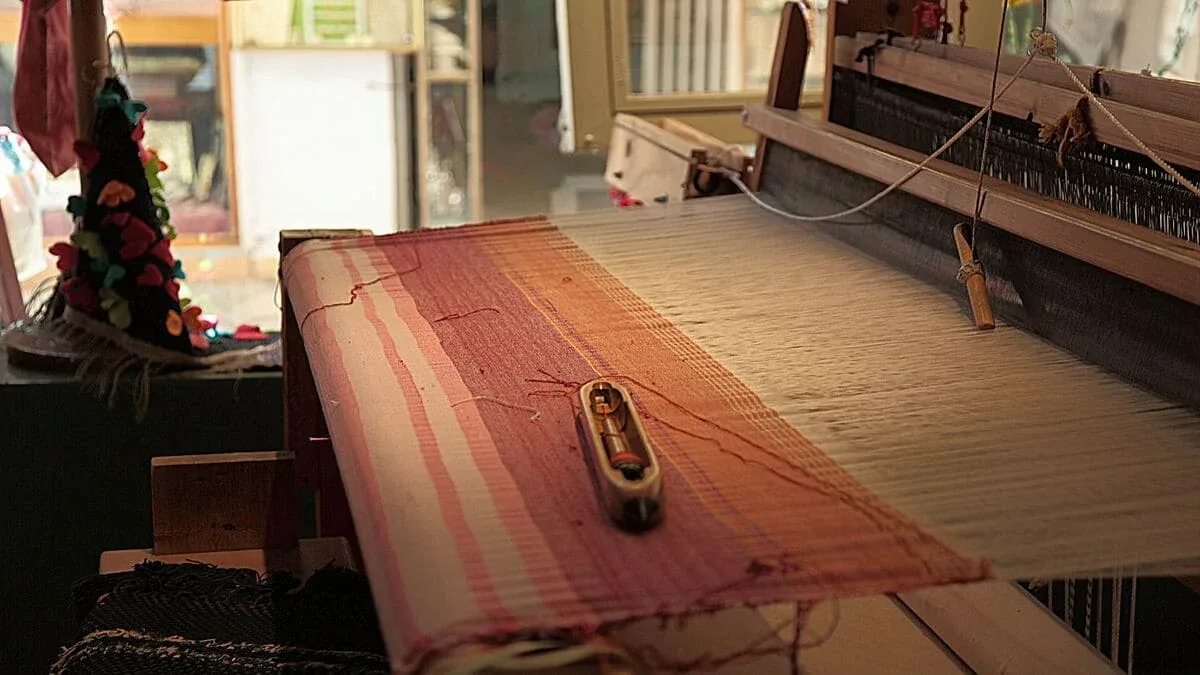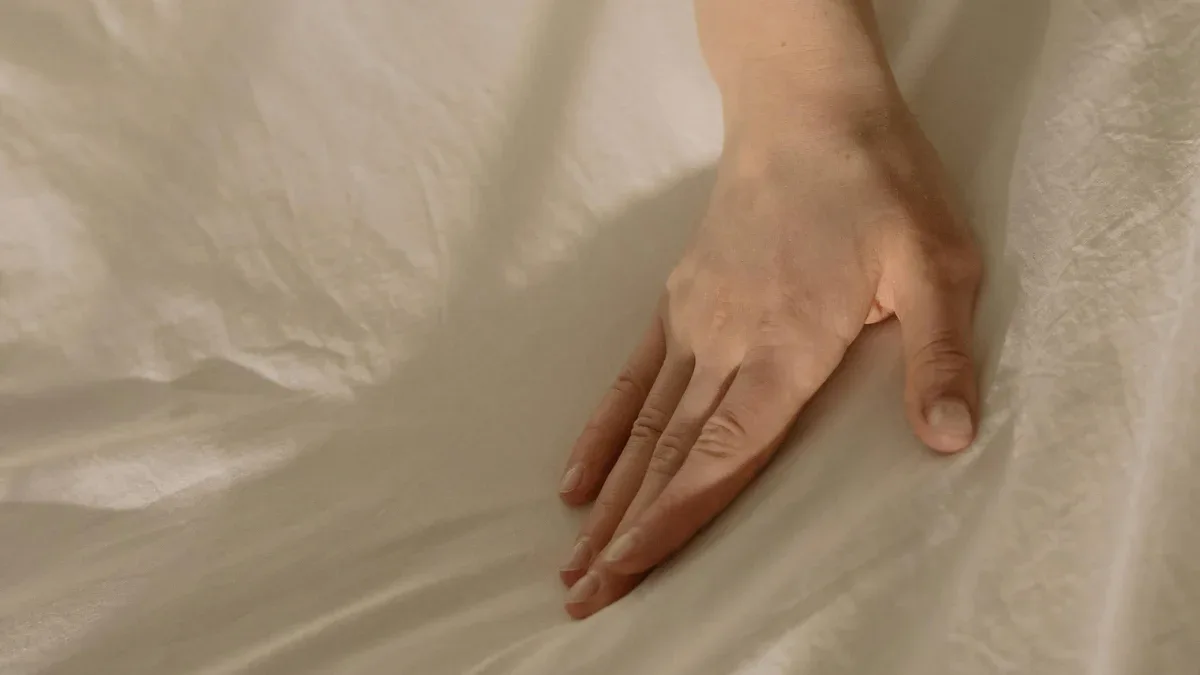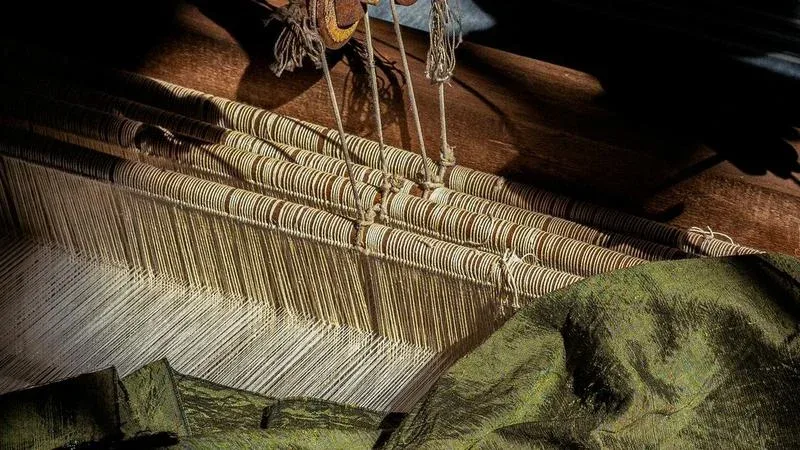A new wave is sweeping across India, incorporating ancient customs with new technology. This combination of traditional and modernity gives Indian textiles a better position in the world market. As we examine the working relationship between artisans and industries, we may observe how the Indian textiles industry is forging a future that honours the past without betraying the present, but leading to the future.
Heritage Meets High Tech in Indian Textiles
In India, a large number of textile manufacturers are currently integrating the skills of handloom and digital design tools. Patterns that were formerly made by hand are now produced on computer screens and run through high-tech looms. This assists in conserving the Indian traditional textiles and simplifying the reproduction on a large scale. Technology ensures that designs that have been passed down through the family lines remain alive for the new generations.
Sustainable Fibres and Eco Processes
The other significant change is through environmentally friendly practices. The Indian textile industry has been shifting to organic cotton, natural dyes and less water-consuming processes. Indian textile suppliers have also begun attempting to trace the origin of the raw material so that customers can gain confidence in what they purchase. In so doing, manufacturers conserve the environment and maintain the narrative of the fabric in touch with its origins.
Smart Fabrics, Sensors, and Functional Textiles
Innovation is not just about appearances and design. In India, research teams are working on clothes that can react to temperature, combat bacteria or even include micro-scaled sensors. These fabrics can be applied in sportswear, healthcare, and even smart homes. Although the foundation can be made through the normal weaving techniques, the end product is much more modernised.
Revival of Handmade Textiles through Tech Aid
Technology is also enhancing the life of handmade textiles. Artisans can now be assisted with mobile applications, online marketplaces, and design software. These tools do not restrict creativity; on the contrary, they present makers with new opportunities to communicate their art. The old-fashioned crafts like hand-block printing and weaving have been made easier to demonstrate to customers around the globe, and this has helped preserve the local skills.
Diverse Textiles of India Reimagined
The Indian textiles provide an indefinite variety of styles and techniques. The Leheriya of Rajasthan and the dainty embroidery of Kutch are the stories of each region in a piece of cloth. Nowadays, such fabrics are being modified to western purposes in India, in both fashion collections and home furnishings. A pattern previously used in a shawl can be found in curtains, cushion linens or in contemporary garments.
Home Textile Trends and Market Pull
The trends in textile products used by people are that they desire items with tradition and functionality. Families seek easy-to-maintain fabrics but with an element of culture. This opens up new possibilities to the textile producers in India who incorporate antique with contemporary finishes. In this way, they fulfill emotional as well as functional needs at home.
The current textile story in India can be described as a story of balance. The Indian textiles remain cultural and are finding a way to be technologically, sustainably and creatively influenced. India and its textile suppliers are also finding a middle ground, and all these diverse varieties of India are able to continue to play a role in everyday life. The Indian textiles industry is no longer about fabric production, but it is the story of resiliency and renewal.
Svarna underlines this vision through cooperation with artisans, textile producers in India, and contemporary brands. Svarna assists in maintaining Indian traditional textiles and, at the same time, allows new ideas to enter the world by establishing spaces where tradition and innovation can be brought together. This initiative not only empowers local manufacturers but also makes sure that Indian fabrics are brought to a broader audience, become known in the world, and will continue to be a living symbol of promoting innovation and tradition.
FAQs
1: What makes Indian textiles unique?
They combine deep cultural traditions with modern innovation.
2: How are textile manufacturers in India using technology?
They use digital tools and eco-friendly methods to modernise production.
3: What types of textiles in India are popular today?
Handloom weaves, handmade textiles, and regional fabrics remain in demand.



